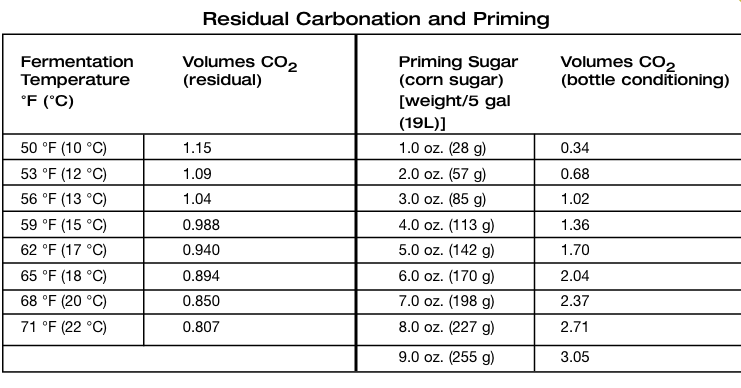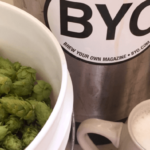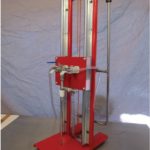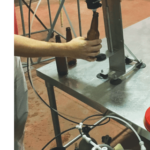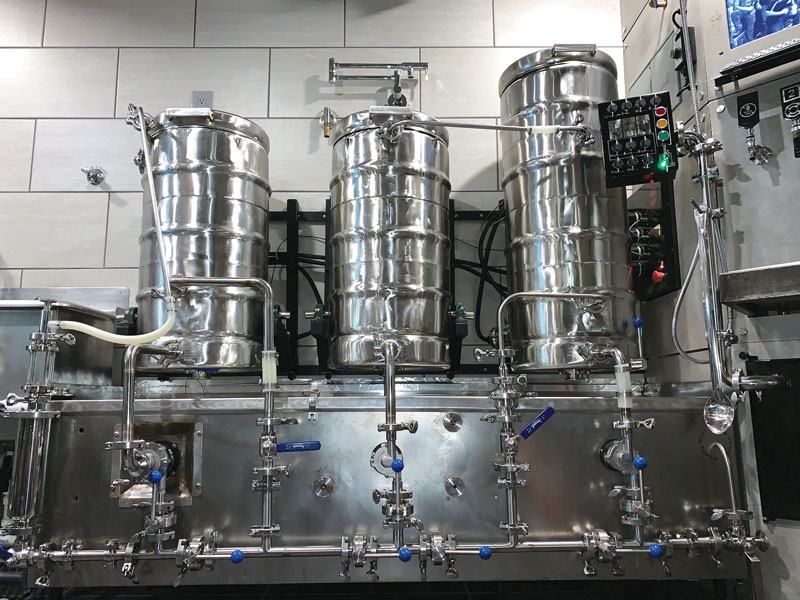Topic: Bottling
Bottle Prime Your Beer
Carbonating while a beer is in a bottle, also know as bottle priming or conditioning, is the most common carbonation method for beginner homebrewers. But also many experienced homebrewers and commercial breweries utilize this technique as well.
Designing Bottle Labels
With the holiday season here, it’s probably crossed your mind that homebrew makes a great gift for family, friends, co-workers and anyone else who wound up on the “nice” list this year.
Counter-Pressure Bottling
The main challenges of counter-pressure bottling are to retain the beer’s carbonation and minimize its exposure to oxygen during the transfer. When performed correctly, almost all of a beer’s carbonation is retained when it is counter-pressure bottled. Likewise, with a little practice, the beer can be transferred with minimal exposure to oxygen. Learn how with pointers found here.
Counterpressure Bottle Filler
Kegging is convenient. it eliminates the bottling process, and cuts out days of carbonating time. When you bring a keg to a friend’s house, however, you’re bringing a lot of beer. The more beer you bring, the more beer the friends drink. You may never get a full glass for yourself. These are the times that call for bottles.
Post Fermentation and Packaging
After fermentation, the beer needs to be packaged into bottles or kegs. The beer must also be carbonated to the correct level. For the best results, the beer should be exposed to
Bottling Vs. Kegging
New homebrewers spend a lot of time considering the style of beers they want to brew, but another question to consider early in the process is what to do with your beer
Bottle Cleaning/Sanitizing Rack
Most homebrewers would agree that the better part of brewing beer at home is spent cleaning and sanitizing equipment. A lot of dedication goes into every batch and after waiting weeks for
Build a Better Bottle Capper
Step by step to build your own pneumatic bottle capper.
Bottle Filling Station
Take your bottling process to the next level
Counter-Pressure Filling Techniques
One of the first tasks in homebrewing I’ve noticed that homebrewer’s get bored with is cleaning bottles . . . and filling bottles . . . and then waiting for bottles to
Carbonation Priming Chart
The amount of carbonation in bottle-conditioned homebrew is dependent on two things — the residual level of carbon dioxide after fermentation and the amount of carbonation obtained from the priming sugar. To
Bottling & Kegging
There are two popular options when it comes to packaging homebrew — bottling and kegging. For many, choosing between the two is a classic case of time vs. money. Bottling is fairly




